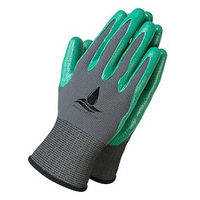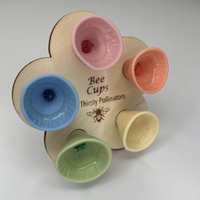5 big gardening trends of 2025 — according to gardening pros
Think sustainability and year-round enjoyment
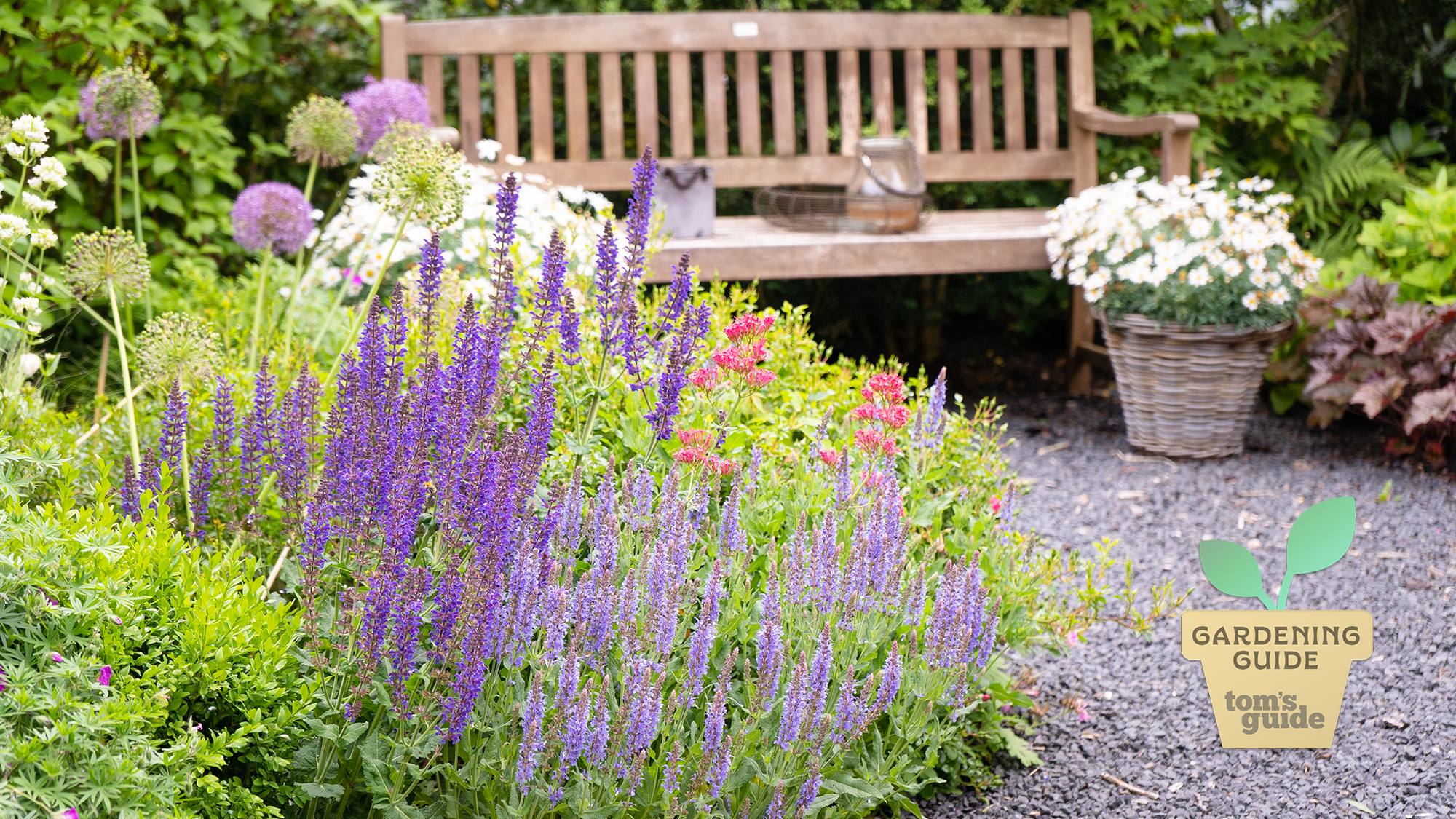
While it’s unlikely that most gardeners will completely revamp their outdoor spaces every year, the seasonal nature of planting means that there is always an opportunity to shake things up.
Annuals need to be replanted or replaced with something different, and containers can always be moved about for a new effect. Even old fixtures like grass lawns might be updated and turned into something wilder, as gardeners embrace more natural-looking aesthetics.
Whether you’ve had the same design for years and finally feel like something different, or you like to embrace new trends annually, 2025 has a few signature styles you might want to embrace.
Garden trend forecasts
It’s not always clear where a trend comes from, but professional gardeners and outdoor experts all anticipated a rise in the following design choices in 2025. From color palettes to plant species to the general design ethos, this year is predicted to embrace a return to simplicity and sustainability.
But this doesn’t mean you can’t have fun — in fact, many experts observed that their customers are looking for ways to incorporate more color and flowering plants throughout the year. It’s more about striking that balance between delight and practicality. And while we look at the new trends, this is also a move to acknowledging the positive benefits of gardening and how it can improve our wellbeing.
Here are the 5 biggest gardening trends predicted by experts for 2025.
1. Warm and earthy colors
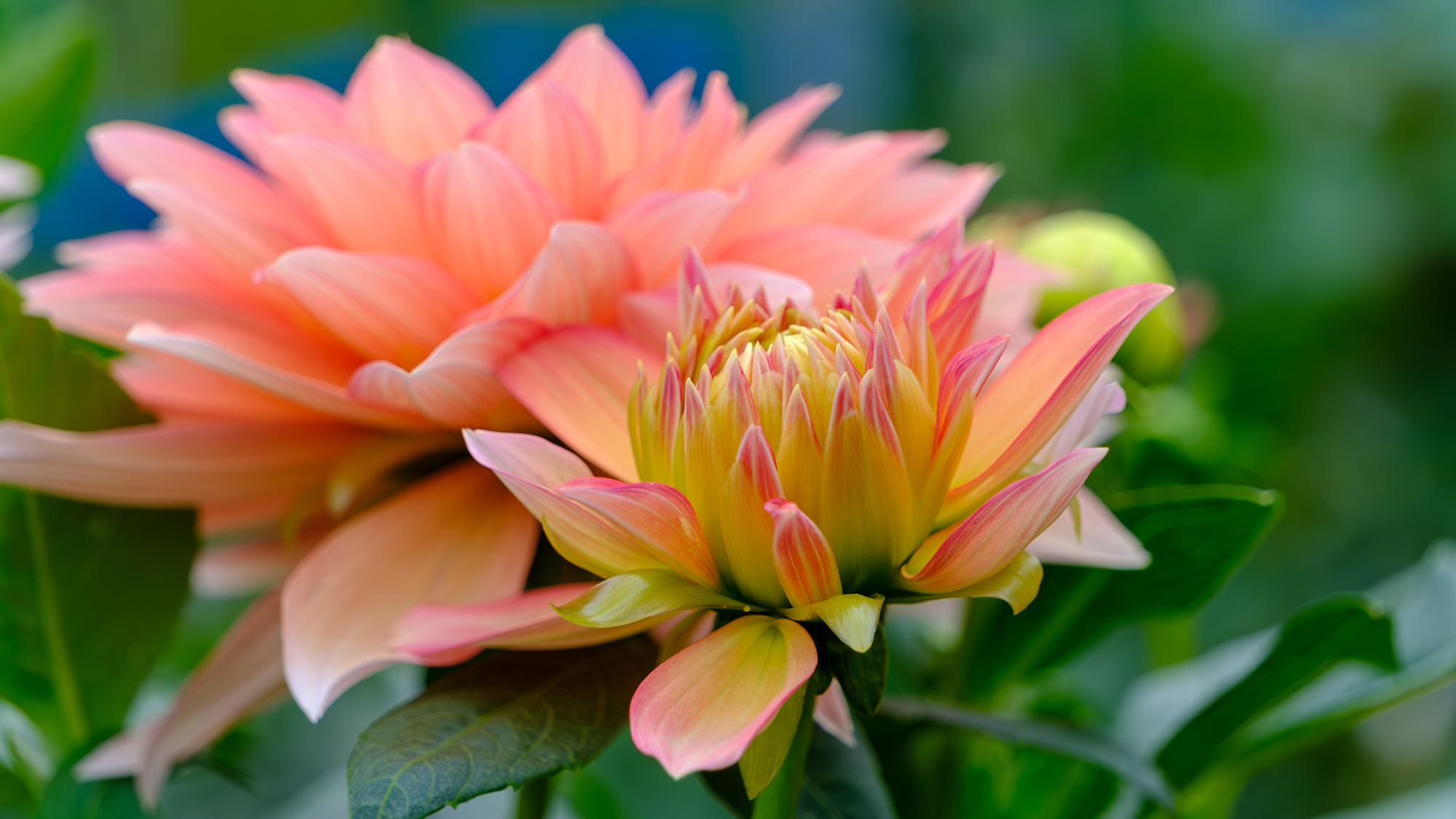
“During summer 2025, I anticipate a significant trend toward earthy, warm color schemes featuring terracotta, goldenrod, dusty rose and sage green tones,” says Tammy Sons, founder and CEO of TN Nursery.
Sign up to get the BEST of Tom's Guide direct to your inbox.
Get instant access to breaking news, the hottest reviews, great deals and helpful tips.
Rather than garish or super saturated shades, experts forecast that gardeners will opt for plants that bloom in more natural colors that blend in and complement the greenery in the garden. This creates a more cohesive effect than sharp flashes of color. That said, gardeners can still bring life and vibrancy to the garden by opting for the richer orange and red end of the spectrum.
For a softer look, consider the cooler side of earth tones. Laura Janney, CEO of the Inspired Garden, believes that gentle, muted shades will be popular in 2025. “Think dusty pinks, lavender, soft peaches and soft whites,” she says. “These colors show tranquility and work well with traditional and cottage garden styles.”
Of course, garden trends don’t exist in a vacuum; Katie Rotella, senior PR and digital manager at Ball Horticultural aligns this trend with another seasonal color: Pantone’s “Color of the Year,” Mocha Mousse. “This warm, chocolatey brown brings a sense of harmony and indulgence to outdoor spaces,” says Rotella.
These garden gloves are made of nylon and nitrile and come in three sizes — small, medium and large. They offer excellent non-slip properties, are comfortable around the wrist, breathable and machine washable. At Tom's Guide, we recommend them as the best overall gardening glove.
2. Regenerative gardening and native flowers
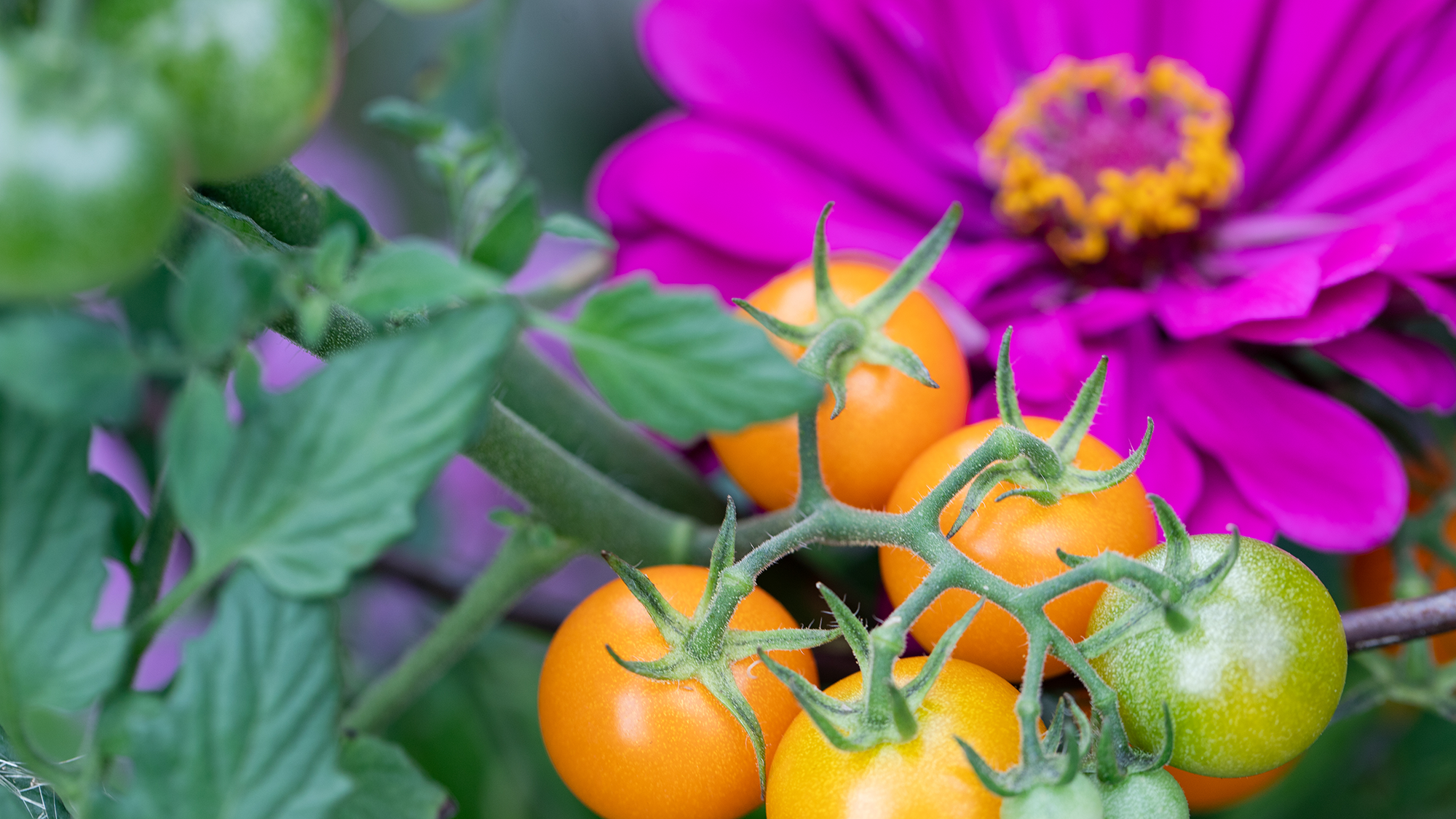
Sustainability has been an increasingly popular principle for several years, but it’s really starting to influence garden design choices in 2025. Not only do gardeners want to create outdoor spaces that work well with the natural environment but, by embracing regenerative gardening, they create a garden that will ultimately require less maintenance and attention. Expect to see a bigger emphasis on composting and companion planting, and little-to-no tilling or chemical fertilizer. This approach also encourages planting native species and wildflowers.
“Sustainability is absolutely going to be a big trend, and planting native flowers will be a staple aspect of that,” explains Steve Corcoran, CEO of Lawn Love. “Planting native flowers has two main benefits — reduced care needs and support given to the local environment. Typically, when you grow native flowers, they are going to need less from you to survive, which means you may be able to water them less and thus save water and money as a result. Native flowers are also always going to be best for the local ecosystem in terms of supporting native wildlife and good bugs.”
The other sustainability piece is opting for plants that require less intensive watering. As Janney explains, “With climate change and more eco-conscious sensibility, homeowners are wanting to incorporate more drought-resistant plants, as well as perennials that work well in their environment. Some examples are lavender, catmint, and coneflower. Just remember that while they can withstand hot temperatures and long periods of no rain, they still need occasional watering and maintenance.”
3. Pollinator-friendly gardens
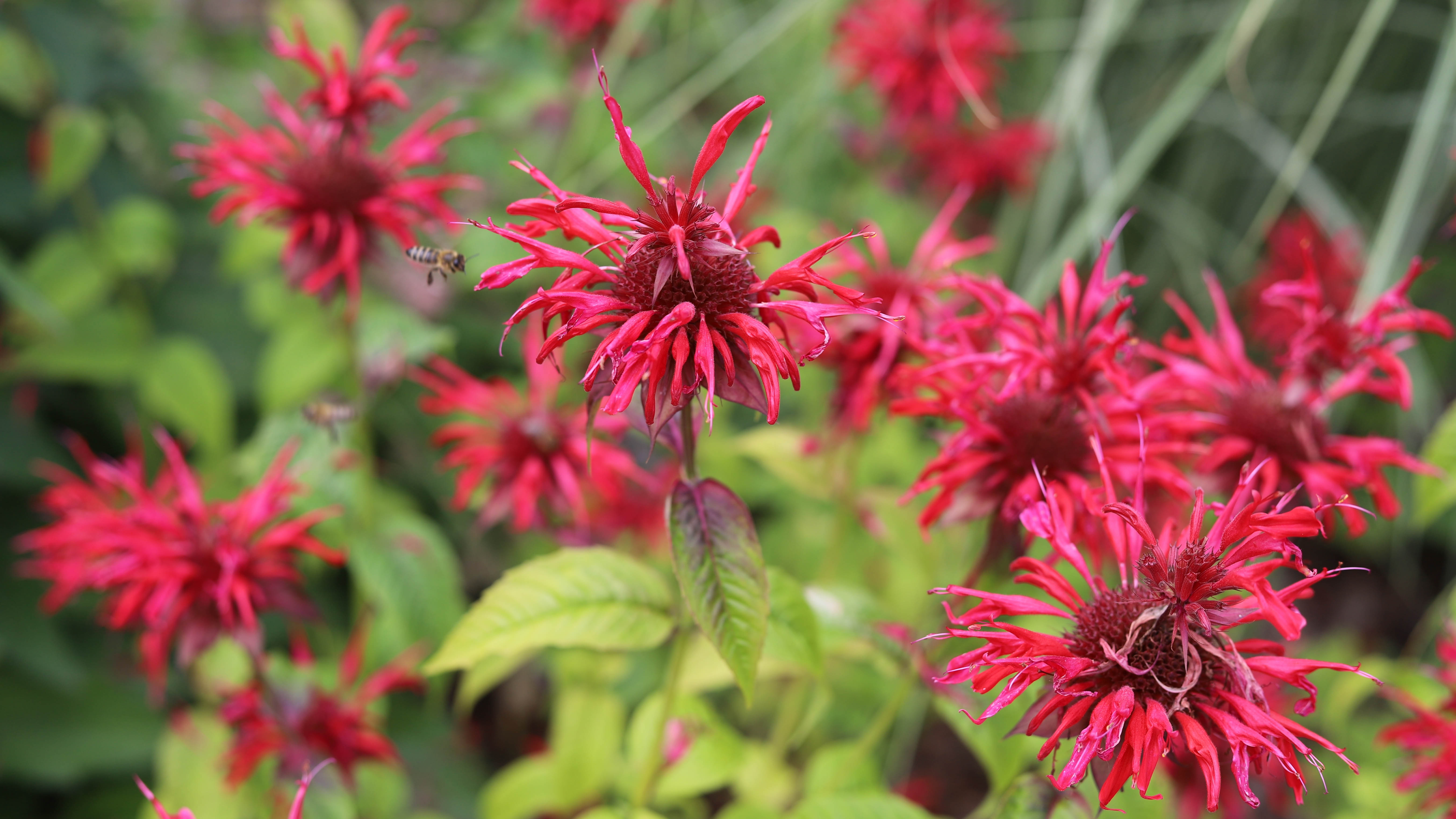
Long gone are the days of running away from bees and demonizing wasps. In 2025, gardeners will focus on cultivating yards that appeal to these pollinators and others, such as the beloved butterfly. Many of these species have depleted populations, with some even reaching endangered status, such as the rusty-patched bumblebee and the monarch butterfly. By planting your garden with varieties that house and feed these pollinators, you can help support their populations and the populations of local wildflowers.
“Butterflies, bees, and birds will continue to be center stage as people demand pollinator-friendly gardens,” says Janney. “From nectar-rich flowers to habitats that support beneficial insects, these gardens are great for the environment — and they are beautiful.”
Native plants in general are likely to attract local pollinators since they evolved to coexist. However, gardeners can target specific species if they’d like to see a certain creature visit their yard. Just check which pollinators are native to your region, so you know what is feasible.
Brett Macdonald, owner of Maverick Landscaping, recommends the following pairings: “milkweed for monarch butterflies, echinacea and bee balm for bees, and tubular flowers like penstemon and salvias to attract hummingbirds.”
Attract pollinators to your yard with this set of five watering stations Bee Cups collect a teaspoon of water for thirsty bees and butterflies to drink. Each one is handmade from porcelain and has an ultraviolet ceramic glaze that pollinators love.
4. Lower-maintenance and long-blooming varieties
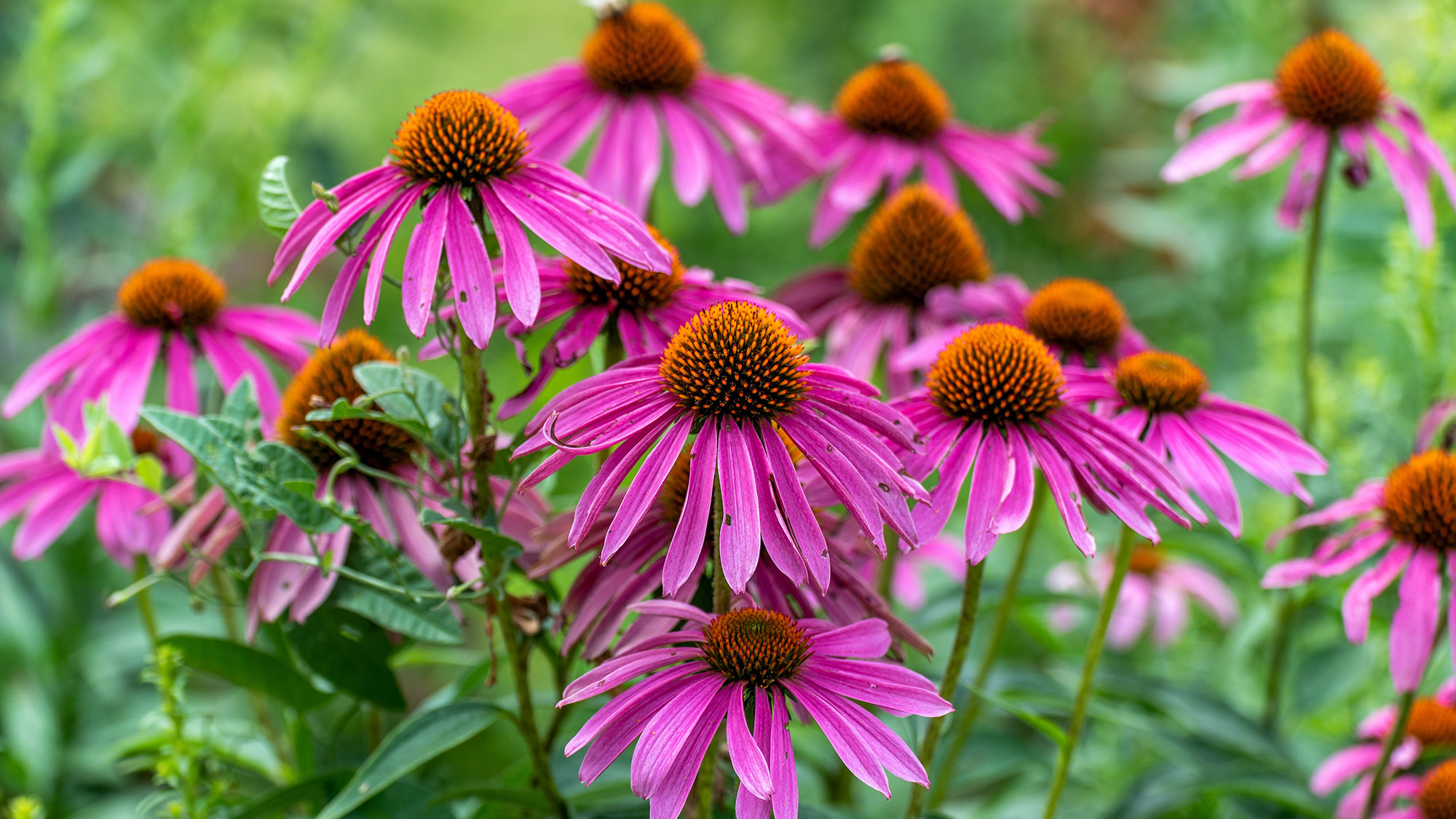
It can be frustrating to spend months and months preparing your outdoor space, only for your flowers to bloom and die within a few weeks. Many of the garden professionals consulted for this story spoke about their clients wanting designs they can enjoy year-round, with plants that bloom throughout the year — and for a long time. However, they also value planting schemes that are easy to maintain, without much need for shaping or other work. Not only is this less work, but the result is often more relaxed and natural.
“Layered, naturalistic planting approaches are gaining popularity because gardeners prefer minimal pruning while allowing plants to grow naturally,” says Sons. “It’s less about perfection and more about harmony. People prefer gardens that seem vibrant and functional rather than artificial and contrived.”
Janney has seen similar trends among her customers, observing that their most frequent requests include “color for all three seasons” in styles best described as cottage gardens or meadowscapes. When it comes to specific plants, they want easy perennials that will bloom for long windows of time. “Homeowners are always looking for no-fuss plants and a great bang for their buck,” she says. “Here are some examples that will give color nonstop and can come back year after year: agastache, coneflower, catmint, phlox, veronica and yarrow.”
These high-quality, Swiss-made pruners have a hardened steel blade capable of cutting 0.8 inches of material. The smooth, red handle is ergonomically designed to provide comfort while cutting. These pruners are ideal for medium-sized hands.
5. Ornamental grasses
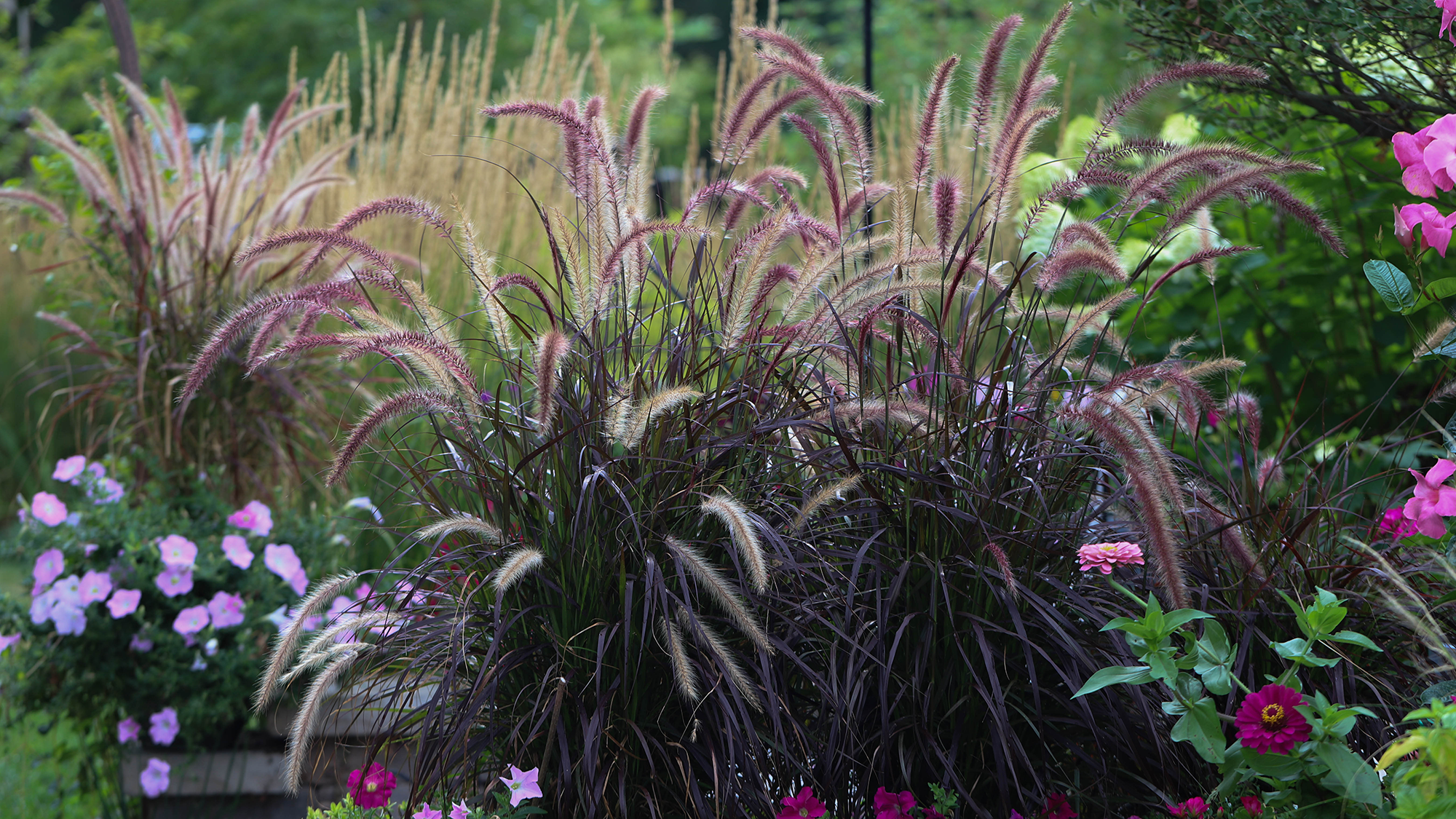
Perhaps most unexpected in 2025 gardening trends is the shift towards low-maintenance grasses. While they may not seem particularly exciting at first glance, grasses don’t have to look like the classic short green blades we see on lawns. There are varieties in many different colors, from silvery blues and greens to rusty reds and oranges. Grasses can also grow to varying heights, so you can use them as delicate borders or for more dramatic landscaping.
“Effective ornamental grasses like fountain grass (Pennisetum alopecuroides) and prairie dropseed (Sporobolus heterolepis) can be expected to have a dominant presence in gardens, bringing about motion and texture in arrangements but requiring very little upkeep,” explains MacDonald.
This movement and texture is a useful way to add more visual interest to a garden without needing to incorporate high maintenance plants or short-lived annuals. Their hardiness makes them well-suited for beginners and experts alike — and they can even work with a number of the other trends for 2025, supporting regenerative gardening goals and native wildlife populations. As Janney summarizes, grasses “add dimension, create contrast, and are drought resistant.”
More from Tom's Guide
Madeleine Streets is a writer and content manager based in New York City. She covers an eclectic mix of lifestyle, technology, finance and health and has been published in Tom's Guide, Women's Wear Daily, SELF, Observer, Footwear News and others. Originally from London, Madeleine has a penchant for tea, baking and moody weather. When she’s not writing, you can find her exploring the city’s bookstores, hunting down new restaurants, fostering cats and cheering on Arsenal FC.
You must confirm your public display name before commenting
Please logout and then login again, you will then be prompted to enter your display name.
